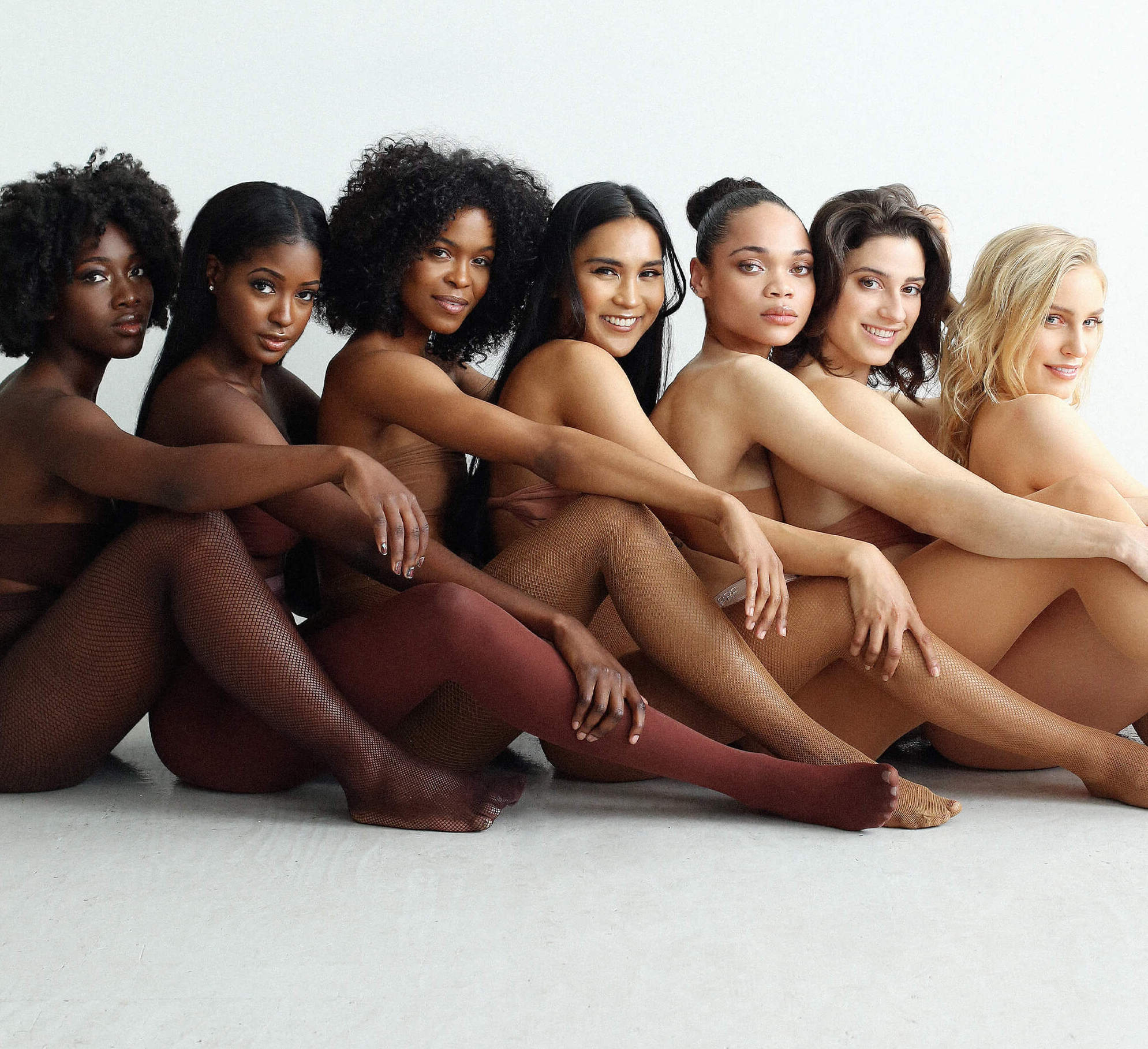This Article First Appeared on: Voquebusiness.com
Written By: ANNACHIARA BIONDI
The effects of the pandemic are straining the US economy as a whole, but Black-owned businesses have been particularly impacted. According to the National Bureau of Economic Research, 440,000 Black-owned businesses shuttered in the US, or 41 per cent of the total 1.1 million, between February and April this year. In comparison, only 17 per cent of white-owned businesses closed in the same time frame.
Industry distribution — Black-owned businesses are more likely to be located in the most affected areas of retail, accommodation and food — and pre-existing financial distress have been highlighted as some of the causes for this disparity; access to credit also remains critical. According to the Federal Reserve, Black-owned businesses are less likely to be approved for bank loans, with an approval rate of 46.5 per cent compared to 75.3 per cent for white-owned businesses.
Compounded with the vocal condemnation of systemic racism brought by the Black Lives Matter movement and the anti-racism protests in the wake of George Floyd’s killing, Covid-19 has refocused public attention to the challenges that have long afflicted Black entrepreneurs in the US and especially their struggle in accessing capital. Aside from bank loans, Black-owned businesses are also less likely to receive venture capital and investment from Angel investors, with Black entrepreneurs receiving less than 1 per cent of VC capital. Black founders in fashion describe facing institutionalised biases, systemic racism and the need to work harder and jump through more hoops to secure funding.
“There is embedded bias in the system that needs to be addressed in respect to access to credit and access to capital,” says Shelley Stewart, partner at McKinsey. “At the outset of the entrepreneurial pathway you have 20 per cent of Black Americans starting a business — that’s actually higher than any other population — but when you get to the idea of sustaining that business, you start to hit barriers in access to capital.”
The experience of Black women founders
When social startup Digital Undivided launched its survey of the state of Black and Latinx women founders in the US in 2016, the report, called ProjectDiane, wasn’t supposed to be released to the public. The findings, including that Black women-founded startups received only 0.2 per cent of all VC funding, were “so stark and unbelievable” that founder Kathryn Finney decided to make them publicly available.
The report boosted the conversation around the challenges faced by Black women founders; the amount raised by this group increased 500 per cent between 2016 and 2017 to around $250 million. Still, the median funding raised by Black women remains $0. “There is a lot of talk of investment, of opportunities and of increasing funding,” says Finney. “Is this actually going to convert to real action? That is yet to see.”
The venture capital world continues to lack diversity: 80 per cent of investment partners are white, and 86 per cent are male, which can lead VC investors to miss opportunities and miscalculate potential. When Erin Carpenter, founder of inclusive hosiery business Nude Barre, pitched her startup to investors, they were sceptical there was a need for a diverse range of “nude” products to cater to different skin tones. “That was something that wasn’t resonating with investors,” says Carpenter, who was also turned down by banks in the early stages of her business. Carpenter went on to found Nude Barre with $3,000 of her personal savings in 2012 and in 2019 won the first pitch competition hosted by The Bumble Fund and Serena Williams’s Serena Ventures.
“[Funding] is difficult for everyone, but it’s doubly difficult when there are so few people who look like you sitting across that table in the venture capital world,” says KJ Miller, who co-founded cosmetics line Mented Cosmetics with Amanda Johnson. Miller and Johnson raised $1 million in a pre-seed round in 2017, but they did it through small increments, from $5,000 to $250,000, as opposed to receiving a big chunk from a single investor. “It took a long time, and I do think a lot of it is because we didn’t look like the typical founder,” says Miller. Mented Cosmetics, which has been part of the Target Takeoff Program and Sephora Accelerate, has raised a total of $4 million to date.
Local banks and community-oriented organisations
Only 1 per cent of Black business owners see their request for a bank loan approved in their first year of business. Among them, many are likely to get it from an institution like local community banks, community deposit financial institutions and minority deposit institutions. “[These institutions] play a critical role in getting capital to underserved communities,” explains McKinsey’s Stewart. “Unfortunately, we have seen many of them disappear or under severe stress in terms of their asset portfolio and their ability to scale.” In 2017, 47 per cent of Black households were “unbanked” (not served by a financial institution) or “underbanked” (not having sufficient access to financial institutions).
[Funding] is difficult for everyone, but it’s doubly difficult when there are so few people who look like you sitting across that table in the venture capital world.
Local and community banks also played an important role in issuing the Paycheck Protection Program loans launched by the US government to support small businesses during the Covid-19 crisis. According to the Small Business Administration, banks with less than $10 billion in assets issued about 60 per cent of PPP loans. “The PPP loan was made significantly easier for Digital Undivided because we had a relationship with a private banker,” says Finney, who advises entrepreneurs looking for bank loans to scale their businesses to develop relationships with private business bankers at smaller institutions rather than larger ones.
For Sherri McMullen, founder of high fashion boutique McMullen, even having a personal relationship with a bank and several years of experience in retail didn’t translate into a loan. McMullen approached five different banks in 2007, including her own financial institution, hoping to receive some funding to add to her savings to open her store in Oakland, California, but was rejected. In the end, she resorted to a family and friend loan. Difficulties in getting financing from banks persisted in later years, but McMullen was able to receive funding from private investors, which allowed her to move to a larger location.
“Just being a Black person, you already have that going against you going into a bank because it’s truly a systemic issue,” she says. “We had to constantly prove ourselves to get ahead or to be just looked at as playing on the same field.”
Telsha Anderson, founder of New York-based concept store T.A., had a similar experience with banks and pitching her business to realtors who, she says, were taken aback by her young age and business concept. She eventually found private investors through her personal network. “A lot of banks told me to come back after two years of opening,” she says. Anderson planned to open her store in March in New York’s Meatpacking District but instead launched it online in response to the pandemic.
Often, non-profit organisations provide the kind of support Black founders lack from banks. Main Street Launch, a non-profit based in Oakland that focuses on small business owners in the Bay Area, successfully assisted McMullen to receive a Small Business Administration loan. Anderson worked with non-profit organisation Score, which provides mentorship from volunteer business experts to small businesses, including support in devising business plans and tips on pitching to investors.
Can large corporations help?
While the public sector can play an important role in supporting institutions like minority deposit institutions, McKinsey’s Stewart sees the role of the private sector, even outside financial services, as having a more direct role in sustainably supporting Black- and minority-owned businesses. More than grants and one-off philanthropic donations, initiatives like Aurora James’s 15 Percent Pledge or Netflix’s decision to move $100 million of its cash holdings to financial institutions that focus on Black communities have the ability to create long-term changes.
“If it is put into a bank, long after the philanthropic dollar is spent, it can ingest a large amount of sustainable lending capacity to Black communities,” says Stewart. In a similar vein, billionaire investor Robert F Smith, founder of Vista Equity Partners, recently urged large companies to use 2 per cent of their annual net income to invest in community development banks and minority depository institutions in what has been called a “private-sector solution to reparations”.
Large corporations can also support Black- and minority-owned businesses by diversifying their supply chain, from the maintenance company they are hiring to the accounting firm they are using. The Billion Dollar Roundtable is an organisation that recognises companies that spend at least $1 billion with minority and woman-owned suppliers. “Only 27 companies today are in that organisation, that number should be significantly higher, and maybe Covid could be a catalyst for that,” says Stewart.
Finney, while believing that the capital to sustain Black- and minority-owned businesses should come from the government, is sceptical it will be, so she reached a similar conclusion. “It’s scary for me that corporations will be most likely the ones to step in to fulfil the role of the government and I don’t know what the consequence of that is,” she says. “The question is what role do these large corporations, this Amazon and Netflix of the world, have in building opportunities for others.”

